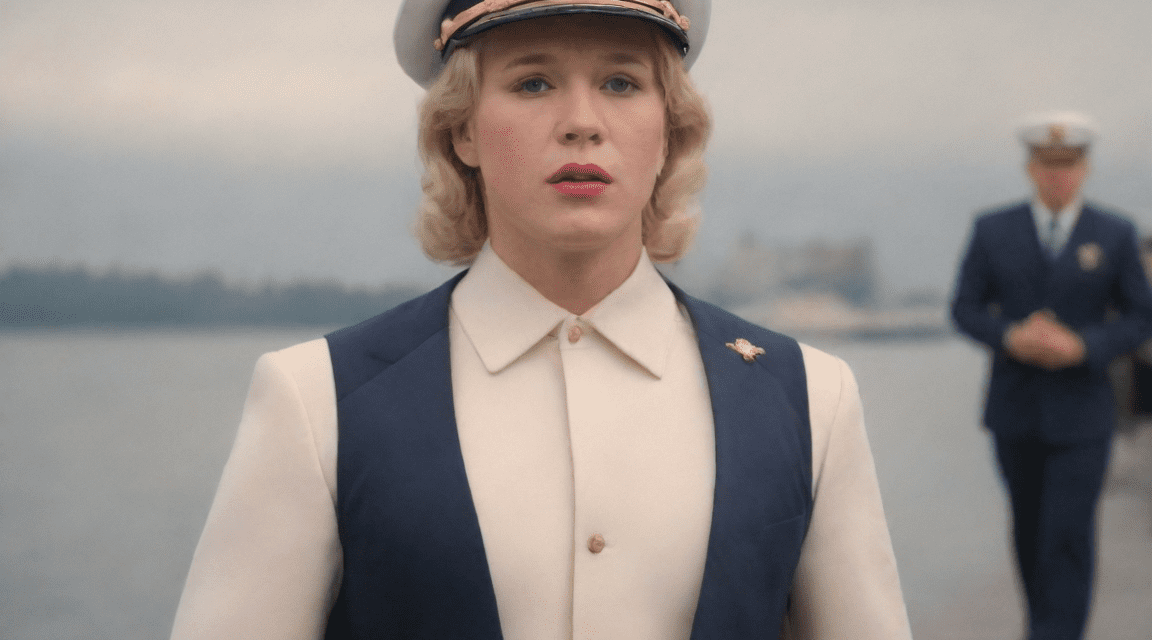In a stunning reversal of conventional military wisdom, Navy Chiefs across the fleet are expressing overwhelming enthusiasm for the presence of transvestite soldiers in their ranks. The top brass, who once saw the armed forces as a bastion of rigid masculinity, now hail these soldiers as the linchpin of modern naval strategy—albeit with the whispered caveat that they’d likely scatter like startled pigeons at the first whiff of actual combat.
This pivot has sparked a media frenzy, with crusty admirals, grizzled chiefs, and rank-and-file sailors alike touting the tactical advantages of having troops whose toughest fight to date has been wrestling their way into a pair of heels on a choppy sea. “It’s not about what they’d do in a firefight,” said Rear Admiral Buck Turley, slapping a freshly printed policy document with glee. “It’s about what they do for morale. You can’t put a price on that.” Although many are still upset that they often make their own clothes and even their own ribbons and military decorations, often citing, “Equity demands we all get the same decorations. We should all dress like officers. It’s the clothes that make the girl.”
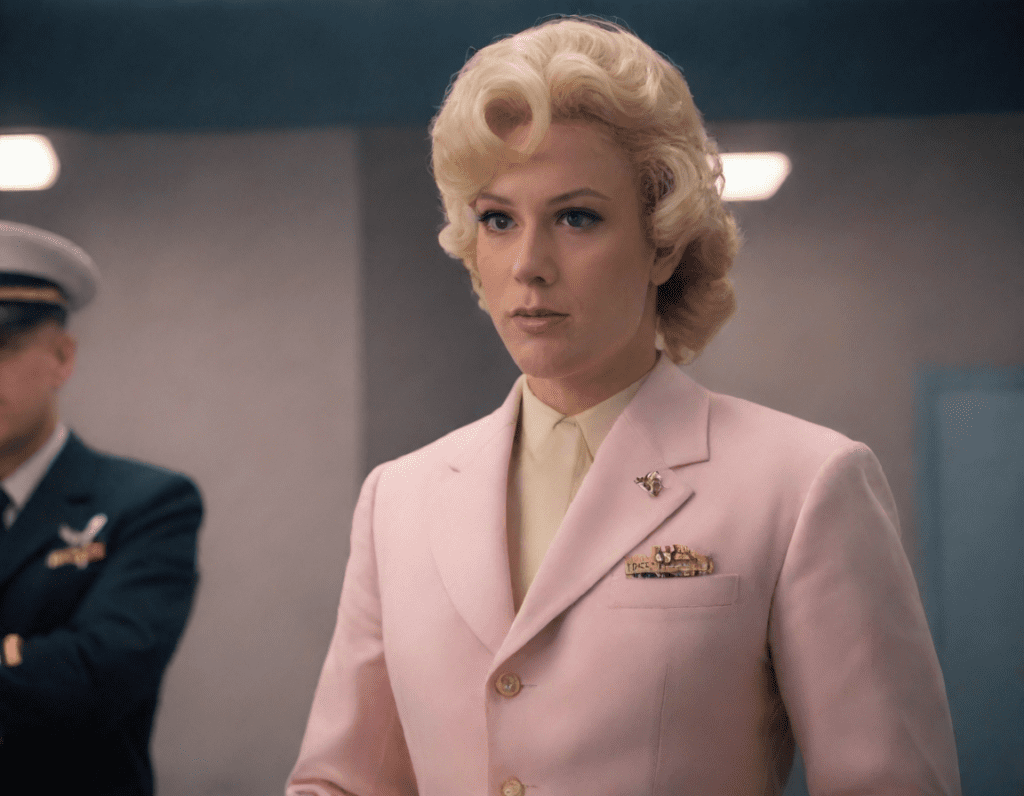
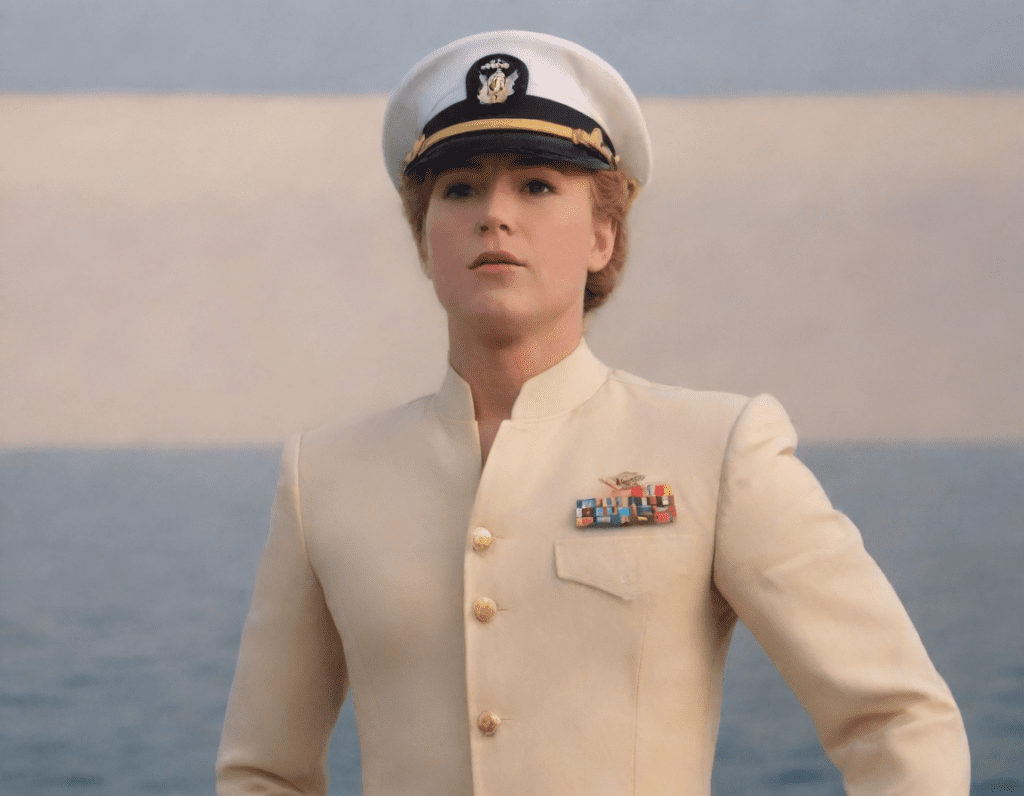
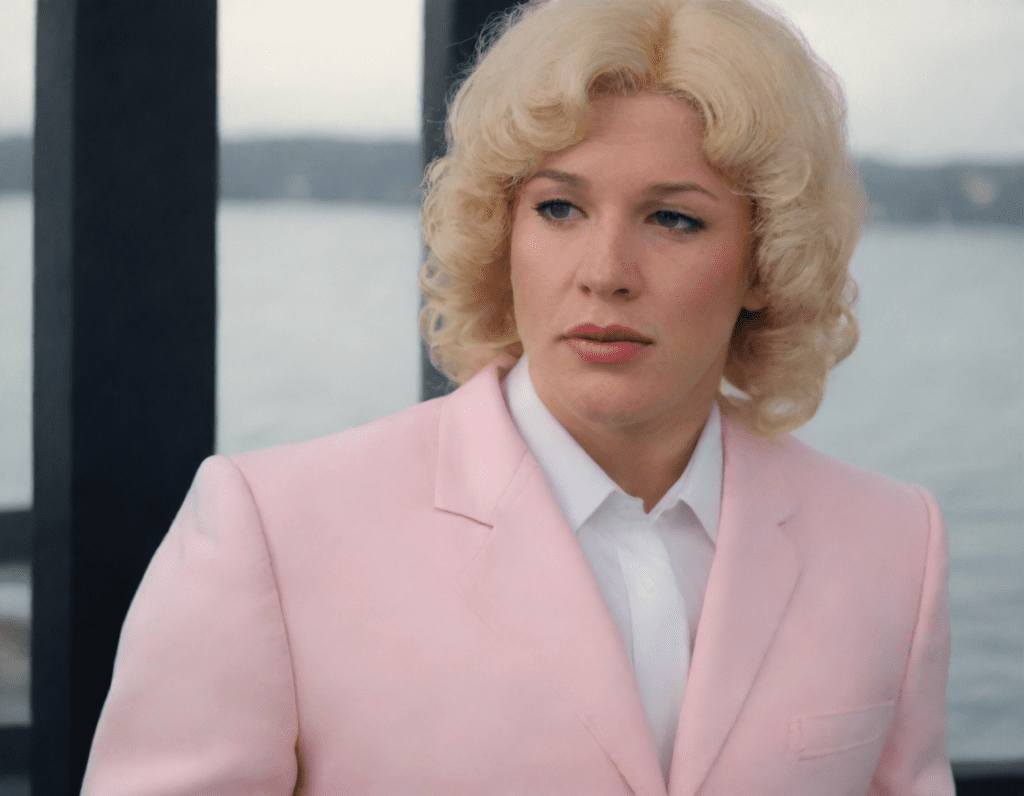
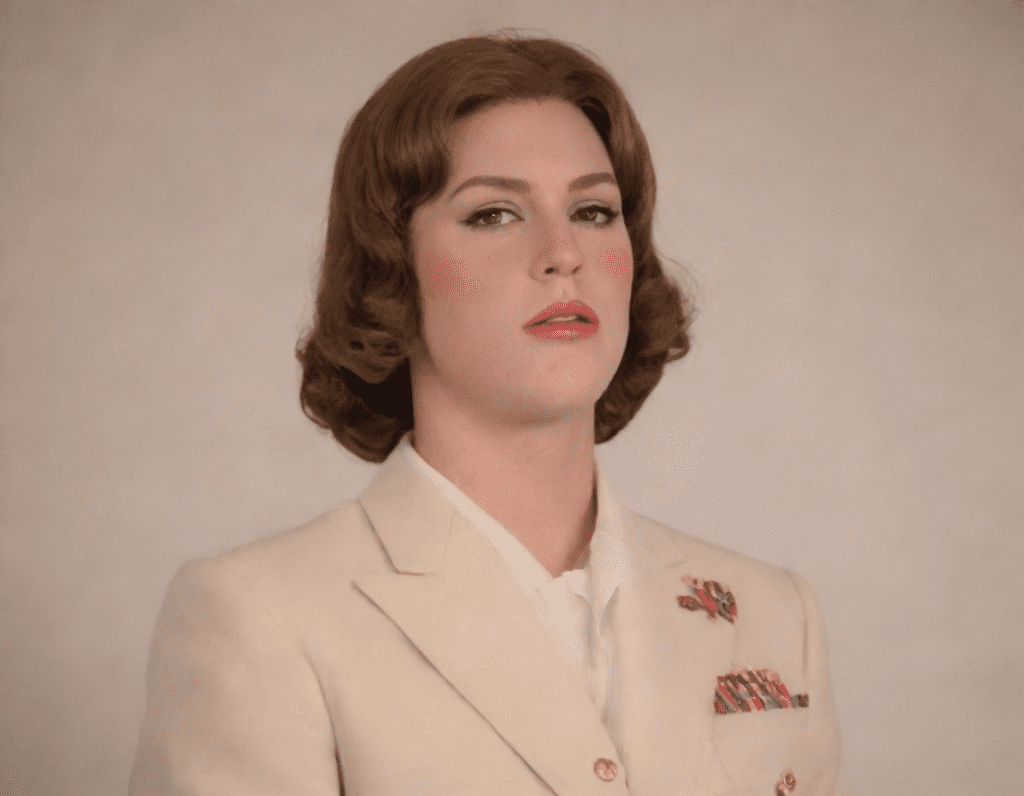
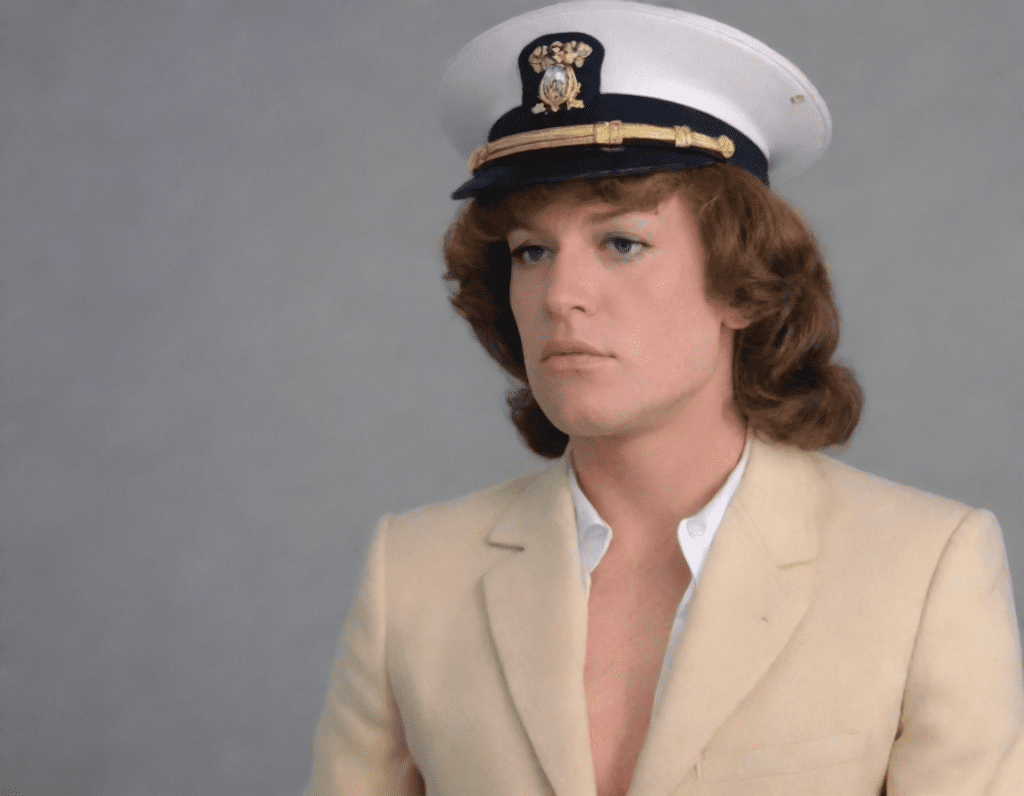
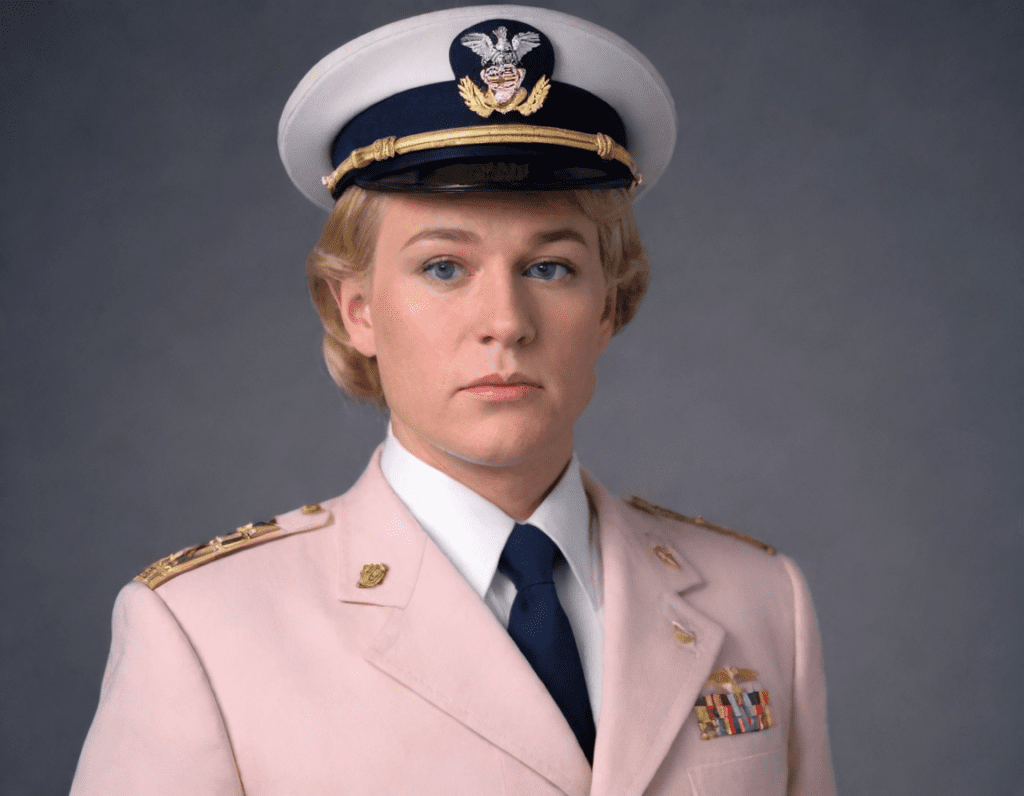
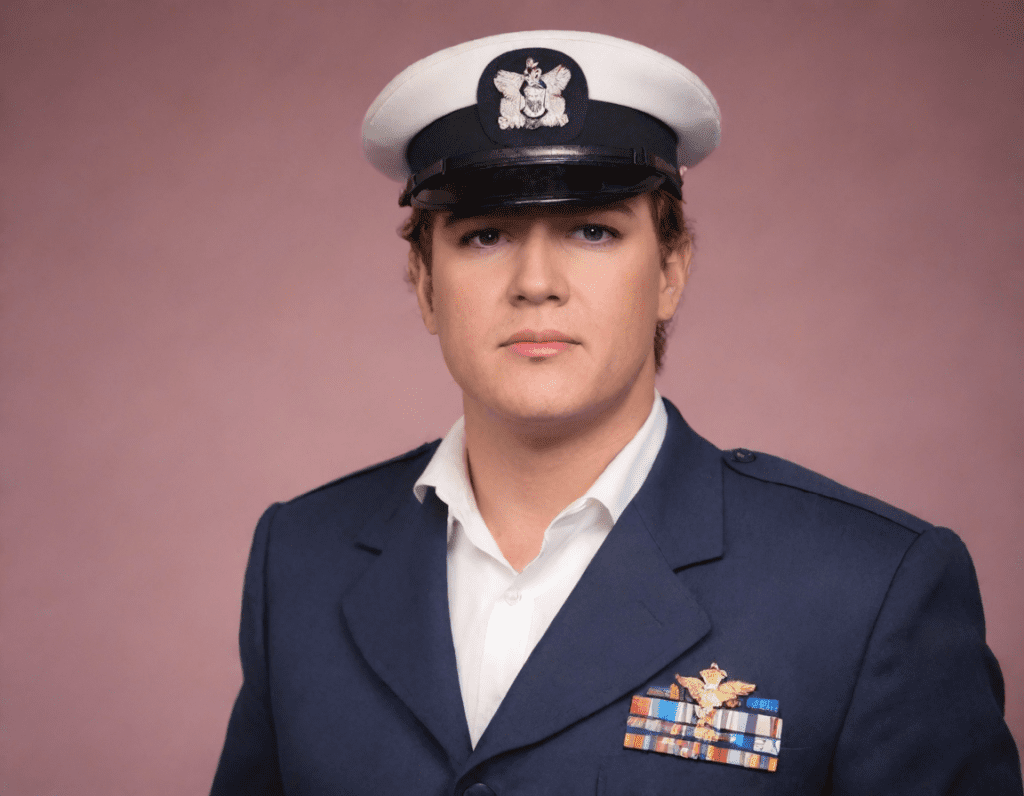
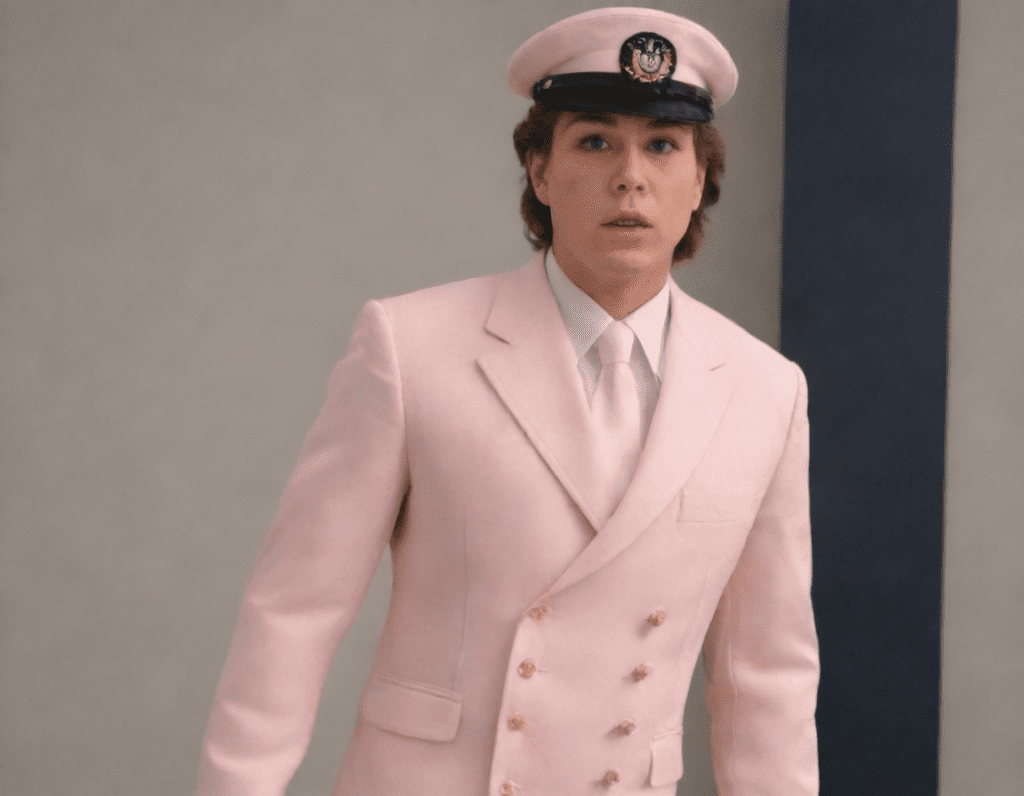
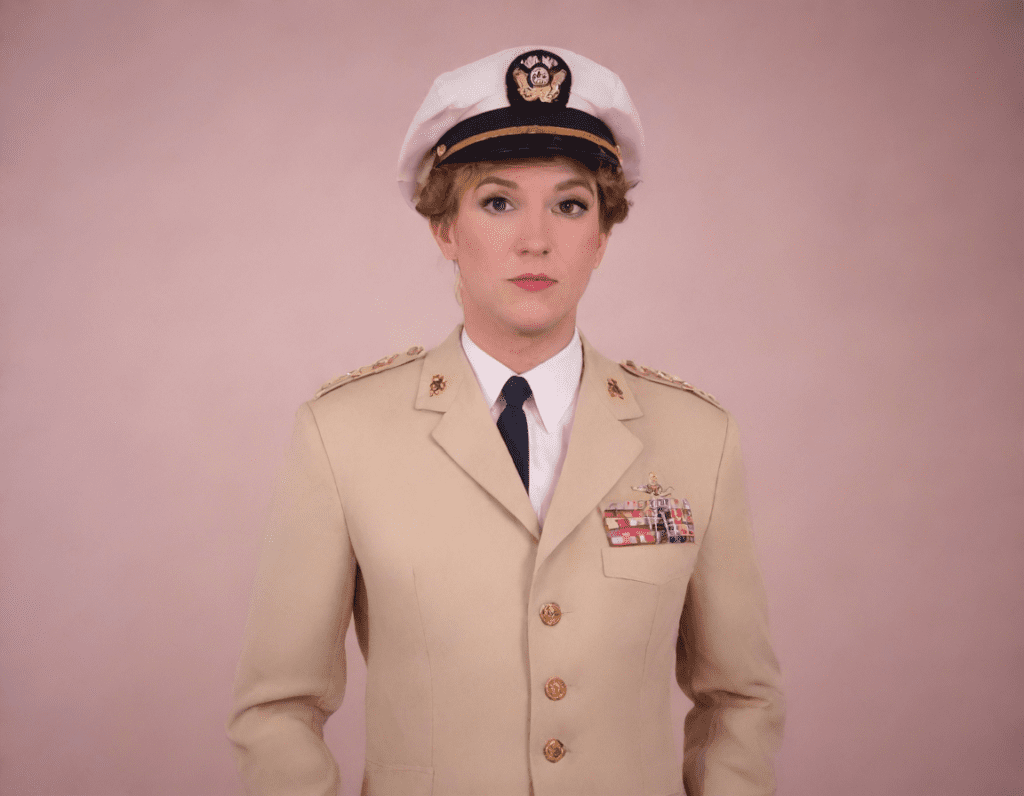
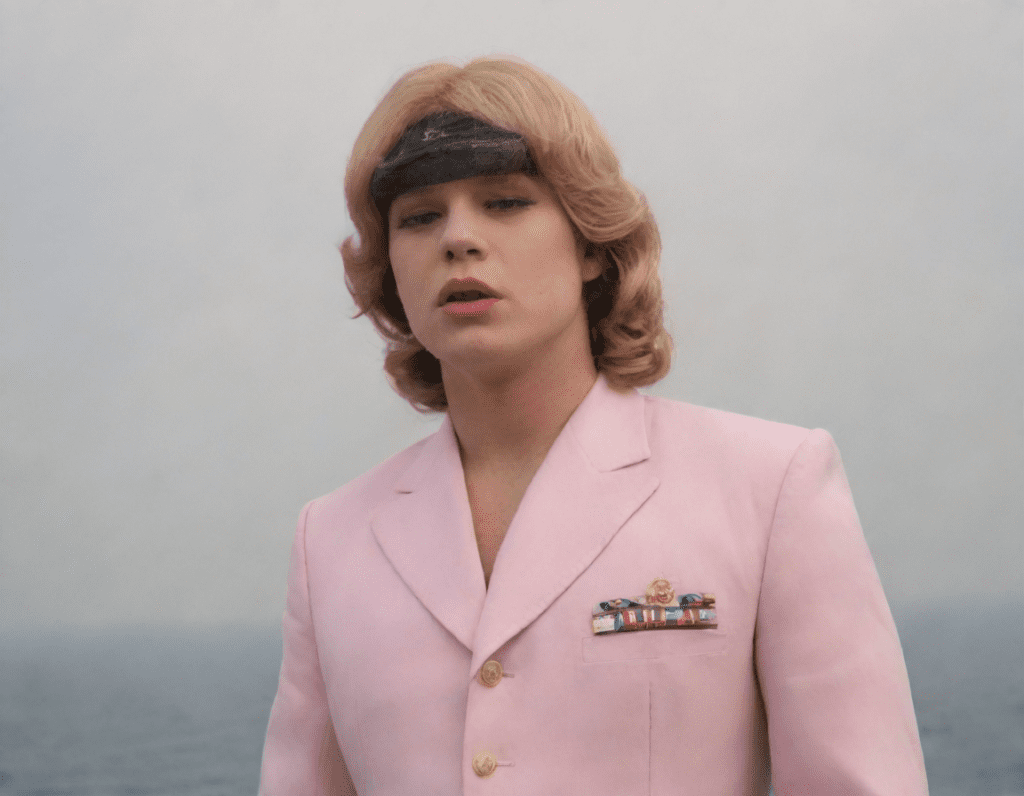
“Like Adding Glitter to the Cannon Fodder”
In official statements, Navy leaders insist that the integration of transvestite soldiers has transformed ship life into a dazzling spectacle of diversity. “Adding a little bit of flair to our otherwise drab uniforms is exactly what this military needed,” said Chief Petty Officer Bob “Hammerhead” Harris, who proudly boasts a chest full of commendations and a personal style best described as “tactical gym shorts.”
“Having them around is like adding glitter to the cannon fodder. It doesn’t change the fundamental outcome, but boy, does it make it a hell of a lot more interesting.”
In a rare, unscripted moment during a press conference, Chief Harris confessed, “Look, if they start shooting, I’m not expecting them to stick around. But until then? They’re like our very own mascot—cute, colorful, and only slightly less likely to get court-martialed for fraternizing with the enemy.”
This pragmatic view has rippled through the Navy’s ranks. “When’s the last time you saw a sailor break out into spontaneous choreography on the deck?” asked Lt. Commander Rick Stanton, sipping a triple espresso as he reviewed the latest morale report. “It’s a godsend. Plus, they keep the sailors on their toes. Imagine trying to square up with a guy in lipstick who’s unironically quoting RuPaul while wielding a rifle. That’s psychological warfare, my friend.”
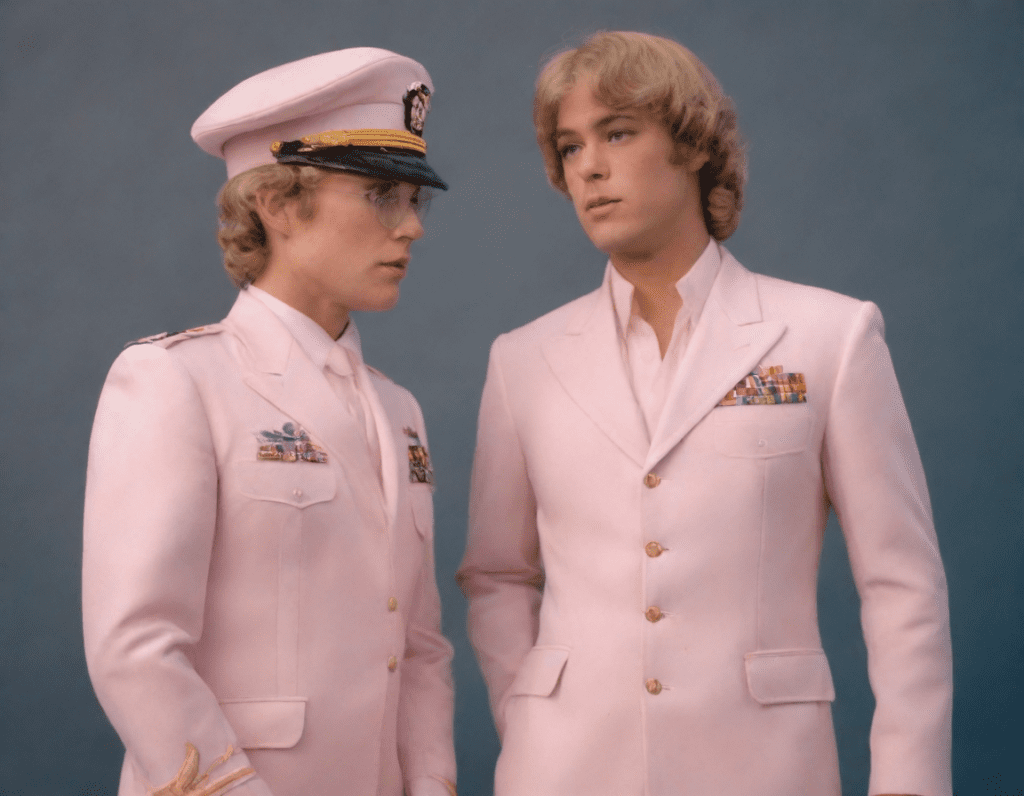
New Drills and Dress Codes
The introduction of transvestite soldiers has also led to a surge in creativity among Navy drill instructors, who now incorporate catwalk strutting and “sashay” marches into basic training. “We used to worry about boot camp toughening them up,” said Gunnery Sergeant Lisa “Lips” Connors, pausing her boot-polishing session to adjust her regulation hair bun. “Now, we’re working on perfecting their runway pivot turns.”
During a recent drill exercise, sailors were stunned as Petty Officer 3rd Class Jimmy “Jemima” Rodriguez strutted down the deck in thigh-high boots, expertly balancing a rifle on his shoulder and a 6-inch wig under his cap. “It’s inspiring, really,” said one junior officer, trying unsuccessfully to hide his tears of joy behind aviator sunglasses. “I mean, it’s still a military, but with sequins. You can’t beat that.”
Indeed, dress codes are evolving faster than a sailor on shore leave. The traditional Navy blues have been expanded to include an optional “night out” palette featuring more daring hues such as “port-side plum” and “periscope pink.” Chief Logistics Specialist Angela Monroe, who oversees the fleet’s new Uniform Diversity Initiative, insists that these changes reflect the Navy’s commitment to inclusivity, with a side benefit of camouflaging troops during sunset operations or surprise galas.
“People used to think the only colors we cared about were blue and white,” said Monroe, smiling as she unveiled a new “glamouflage” line designed for covert operations in urban settings. “Now, we’re ready for whatever the fashion gods—or our enemies—throw at us.”



Psychological Warfare Reimagined
While some critics have questioned the combat readiness of the new, more fabulous fleet, Navy Chiefs are quick to point out the undeniable psychological advantage. “Nobody expects a sneak attack from a guy in a full beat face and combat boots,” said Chief Master at Arms, Duke “Bulldog” Evans, who recently had to rewrite the ship’s conduct manual to account for impromptu drag shows during downtime.
“It’s the element of surprise. Enemies are left stunned—literally speechless. They don’t know whether to shoot or to clap.”
Admiral Ted “Tidal Wave” Johnson, the architect of the Navy’s new Fabulous Fleet Initiative, believes that this approach is the future of warfare. “Look, we’ve got drones, we’ve got AI, and we’ve got guys who can vogue like there’s no tomorrow,” he said, leaning back in his leather office chair, adorned with sequined epaulettes.
“Sun Tzu said all warfare is based on deception. Well, nothing’s more deceptive than expecting a firefight and getting a flash mob instead.”
Admiral Johnson’s strategy seems to be catching on, with other branches of the military watching closely. The Army is reportedly considering a pilot program called “Bedazzle Battalion,” while the Air Force debates the feasibility of rhinestone-studded flight suits.

The Glitter Controversy
Still, not everyone is onboard with this sparkling sea change. Traditionalists, both within and outside the Navy, have voiced concerns about the efficacy of these new policies. “It’s one thing to be inclusive, but it’s another to parade around like it’s Fleet Week every day,” grumbled retired Chief Boatswain’s Mate Larry “Gator” Hargrove, who still wears his uniform on weekends and refuses to believe the Navy’s dress code has moved beyond “shades of drab.”
“We’re supposed to be the silent service, not the stylish service. We’re here to project power, not sashay it.”
Hargrove’s sentiments echo a minority but vocal group within the Navy, who question the practicality of having troops who might prioritize maintaining a perfect manicure over managing a machine gun. In response, the Navy has introduced mandatory training modules on “Combat Readiness in Six-Inch Heels” and “Tactical Tucking for Urban Engagements,” aiming to assuage fears that these soldiers might be more about the strut than the strike.
Decorations and Awards—With Flair
Meanwhile, commendations have taken on a new hue, literally and figuratively. Medals once awarded for valor in combat are now joined by ribbons for “Most Fabulous in Uniform” and the “Purple Pump,” awarded to those who manage to complete a mission in heels without injury.
Recently, Chief Petty Officer Tim “Trixie” Blake became the first recipient of the Navy’s newest decoration: the “Sequined Star,” awarded for extraordinary bravery under sartorial pressure. “I didn’t think I’d make it,” Blake said, recalling a harrowing mission involving a high-stakes lip sync battle with a rival platoon. “But I just thought, what would Ru do? And I kept going.”
Blake’s bravery has inspired an entire generation of sailors, who now see themselves as not just warriors, but as torchbearers of a new kind of heroism—one that sparkles, shimmers, and might just bust out in jazz hands when the going gets tough.
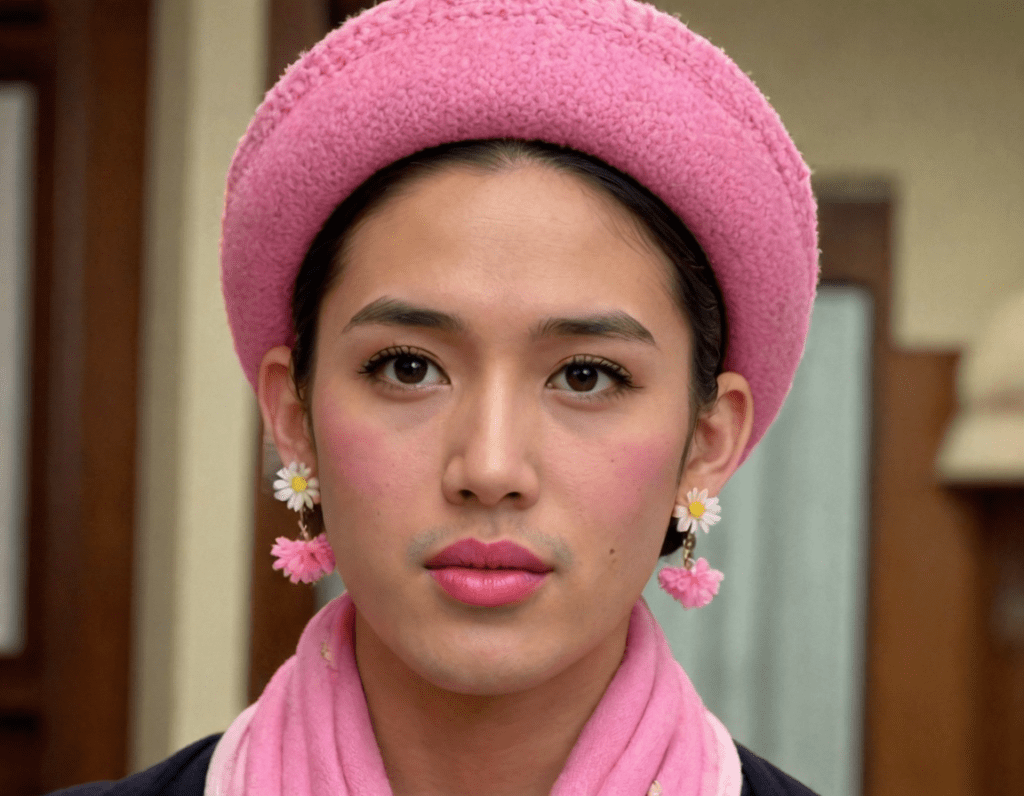


Outlook for the Future
Looking ahead, Navy Chiefs are optimistic that their newfound appreciation for transvestite soldiers will keep their ranks not just battle-ready, but also red-carpet-ready. “If there’s one thing this has taught us, it’s that there’s strength in diversity—and maybe a touch of bronzer,” said Chief of Naval Operations, Admiral Tom “Riptide” Rodgers.
“The enemy won’t know what hit them, partly because they’ll be too busy trying to figure out if that’s a sailor or the winner of last night’s drag bingo.”
Admiral Rodgers paused to adjust the tiny anchor pin on his lapel, which, upon closer inspection, had been meticulously bedazzled. “In the Navy, we’re always adapting, always evolving. We don’t just sail the seven seas; we slay them.”
As the fleet continues to navigate this bold, bedazzled new world, one thing is certain: whether in peacetime or in war, there will always be a place for a well-timed wink, a saucy strut, and a sailor who knows how to serve both country and couture. After all, the Navy’s motto has never been more fitting: “Not for self, but for service—with style.”
And if, by some chance, these fabulous fighters do end up fleeing the fight? Well, at least they’ll do it in spectacular style—heels clicking, wigs on point, and not a single mascara smudge out of place. The Navy Chiefs may never admit it publicly, but there’s a quiet confidence that when the chips are down, these soldiers will still somehow manage to be the most memorable part of any battle, even if it’s just for their dazzling exit.
So, here’s to the transvestite troops of the Navy—may they keep the fleet fabulous, even if they never fire a single shot in anger. Because in the end, who needs victory when you’ve already won the runway?

